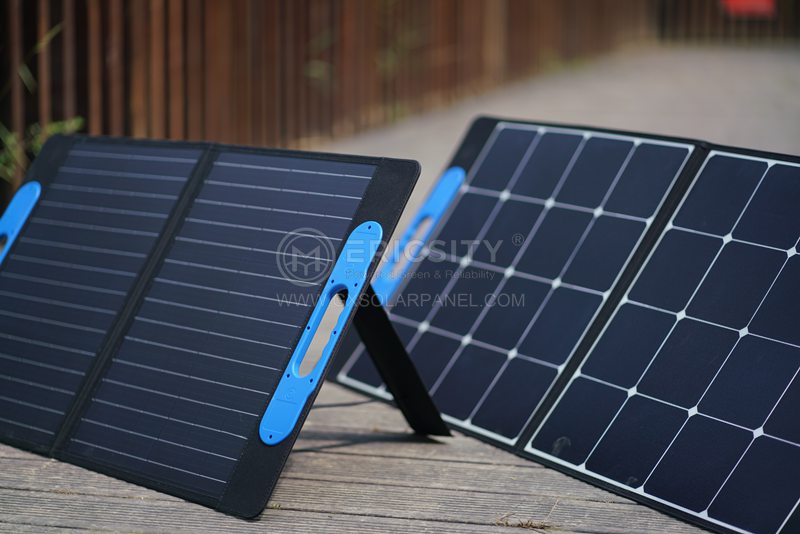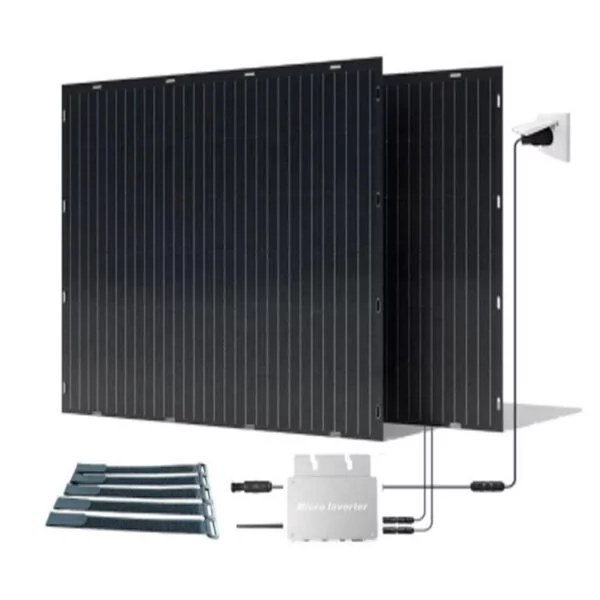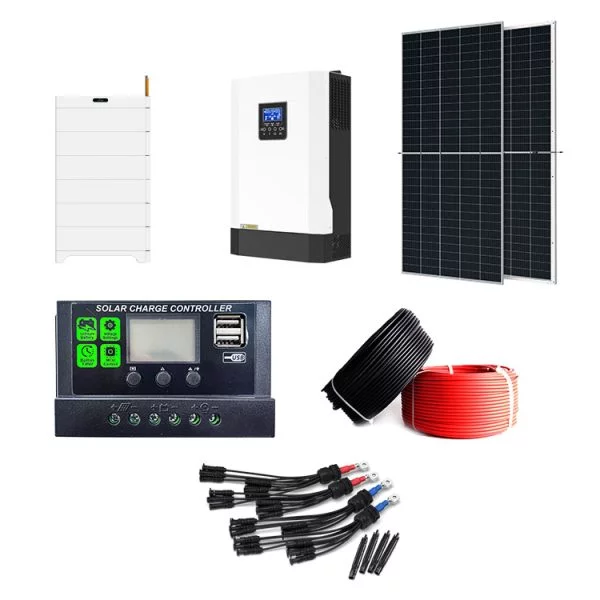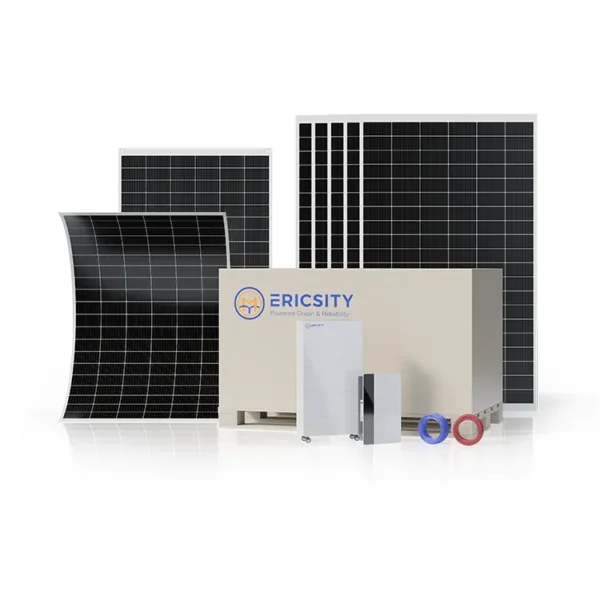HOT PRODUCT
Product Details
amorphous Flexible Solar Panels: Net-zero Energy Solutions
Amorphous Flexible Solar Panels: Net-zero Energy Solutions
In recent years, the global focus on renewable energy sources has grown significantly. One key area for innovation and development has been solar energy solutions. Among the various types of solar panels, amorphous flexible solar panels have emerged as a promising option that offers flexibility, efficiency, and versatility in meeting net-zero energy goals. This article explores the features and benefits of amorphous flexible solar panels, highlighting their potential for creating a sustainable and cleaner future.
Amorphous flexible solar panels, also known as thin-film solar panels, are composed of photovoltaic (PV) materials that possess unique characteristics. Unlike traditional crystalline silicon solar panels, amorphous panels are made by depositing a layer of thin-film semiconductor material onto a flexible substrate, such as plastic or metal. This manufacturing process enables the panels to be lightweight, thin, and highly flexible, making them suitable for a wide range of applications.
One of the major advantages of amorphous flexible solar panels is their ability to generate electricity under real-world conditions that are less than ideal. Unlike crystalline panels, amorphous panels can generate electricity even in low light or shaded conditions, making them highly efficient even in cloudy or partially shaded environments. This flexibility allows for an extended period of power generation throughout the day, maximizing energy output and increasing overall system efficiency.
The lightweight and flexible nature of amorphous solar panels also enables them to be integrated into various structures and objects, such as curved surfaces, vehicles, and wearable devices. This versatility opens up new possibilities for solar energy integration, enabling the creation of innovative net-zero energy solutions in areas where traditional solar panels cannot be easily installed.



Furthermore, amorphous flexible solar panels offer excellent resistance to heat and shade. Due to their unique structure, they exhibit a higher resistance to high temperatures, making them less prone to efficiency losses even in extreme hot climates. Additionally, their design allows them to maintain a relatively stable power output in shaded conditions. This characteristic makes amorphous panels an ideal choice for installation in urban environments with tall buildings or areas with frequent cloud cover.
The manufacturing process used to create amorphous flexible solar panels is also more environmentally friendly compared to traditional crystalline solar panel manufacturing. The production of amorphous panels requires fewer raw materials, consumes less energy, and produces fewer greenhouse gas emissions. Additionally, the flexibility of the panels means they can be easily recycled, further reducing their environmental footprint.
The deployment of amorphous flexible solar panels in net-zero energy solutions can greatly contribute to the reduction of carbon emissions and the transition to cleaner energy sources. Their flexible and lightweight nature allows for easy integration with existing infrastructure, bringing benefits to both residential and commercial applications. Imagine buildings covered with solar panels, harnessing energy efficiently and sustainably, or electric vehicles with integrated solar panels powering their auxiliary systems. These scenarios are becoming increasingly feasible with the continued advancement of amorphous flexible solar panel technology.
In conclusion, amorphous flexible solar panels offer numerous advantages over traditional solar panels in terms of flexibility, efficiency, and versatility. Their ability to generate electricity under real-world conditions, compatibility with various structures, and resilience to heat and shade make them ideal for net-zero energy solutions. Furthermore, their manufacturing process is more environmentally friendly and their recyclability contributes to sustainability efforts. As we strive to create a cleaner and more sustainable future, amorphous flexible solar panels emerge as a significant player in the renewable energy landscape.




